#2nd century
Text

~ Nose Ornament.
Date: A.D. 2nd–6th century
Placeoforigin: Perú
Culture: Vicús
Medium: Gold
#ancient#ancient art#history#museum#archeology#archaeology#nose Ornament#south america#peruvian#peru#pre columbian#gold#vicús#feline#cat#2nd century#6th century
867 notes
·
View notes
Photo


нιroѕнι aвe aѕ lυcιυѕ
Thermae Romae (2012) · dir. Hideki Takeuchi
#perioddramaedit#filmedit#hiroshi abe#ancient rome#roman empire#architecture#filmgifs#moviegifs#civil engineering#roman baths#2nd century#pax romana#thermae romae#film#movie#beautiful men
8K notes
·
View notes
Text

The Great Pavement of Woodchester - The Orpheus - Roman Mosaic Floor

A 20th century reconstruction of the Great Roman Pavement of Woodchester. Especially noteworthy for its opulent design comprising approximately 1.6 million individually fired clay tesserae. Researched and made by Robert and John Woodward in the 1970’s.
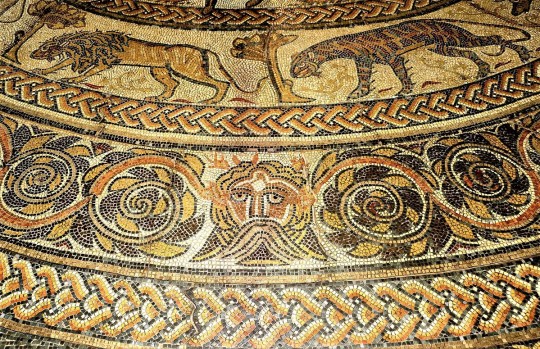
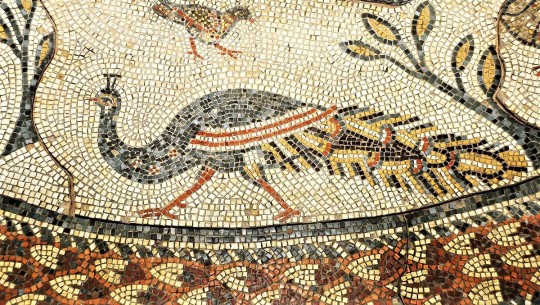


The original Roman Great Pavement of Woodchester is believed to have been laid in around 325 A.D. It is by far the most elaborate of the several hundred Roman Mosaic Floor s known in Britain and the largest in Europe, north of the Alps.
The Story of Orpheus The Great Pavement depicts the story of Orpheus, the quasi-divine musician and singer of Greek mythology whose music had the power to move trees and subdue wild creatures. Orpheus is seated in the open side of the central octagon on the North/South axis of the floor. He wears a Phrygian cap, a striped tunic and breeches and a flowing cloak which billows from his shoulders. Immediately outside the octagon is a circle of birds including pheasants, peacocks and doves. Outside the bird zone is a band of laurel leaves encircled by a guilloche. The most dramatic feature of the mosaic is the animal circle. This contains eleven beasts stalking around the floor: a Lion, Lioness, Wild Boar, Horse, Elephant, Tiger, Gryphon, Bear, Leopard, Stag and Tigress, then follows the mask of Neptune with lobster claws sprouting from his head. On either side of him are the beautiful acanthus scrolls said to symbolize the waves of the sea. The circles are enclosed within a square border and four pairs of water nymphs are placed in the spandrels. At each corner of this central square is a stone pillar base. Outside the central square are twenty four geometric panels. Almost all the standard patterns used by the Roman mosaicists are to be found in this floor. The Great Pavement of Woodchester is one of some fifty Roman mosaics depicting Orpheus charming wild creatures. These have been found in all parts of the Roman Empire and range in date from the second century to the fifth.
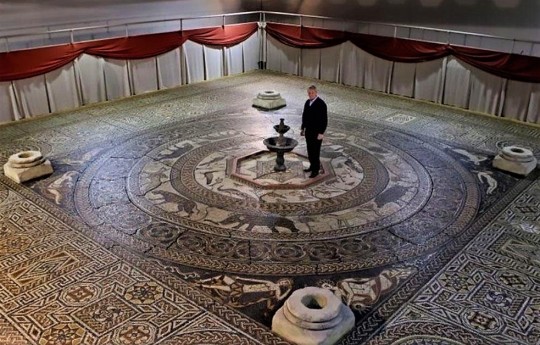
#art#mosaic#mosaic tile floor#woodchester#orpheus#roman#roman empire#pavement#2nd century#greek#greek mythology#birds#peacocks#doves#bear#leopard#stag
404 notes
·
View notes
Text

Building Trajan's Column (113 AD)
#history#infographics#infographic#2nd century#engineering#ancient rome#ancient history#rome#romans#architecture#architects
197 notes
·
View notes
Photo
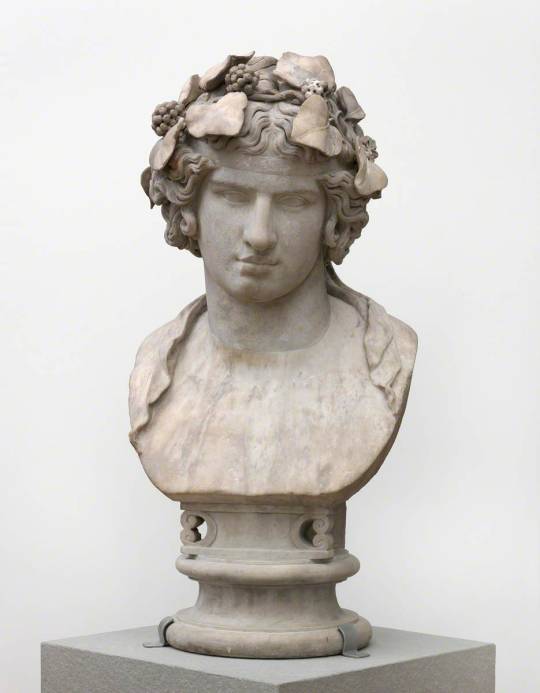
Head of Antinous, Roman, 2nd Century CE
316 notes
·
View notes
Text
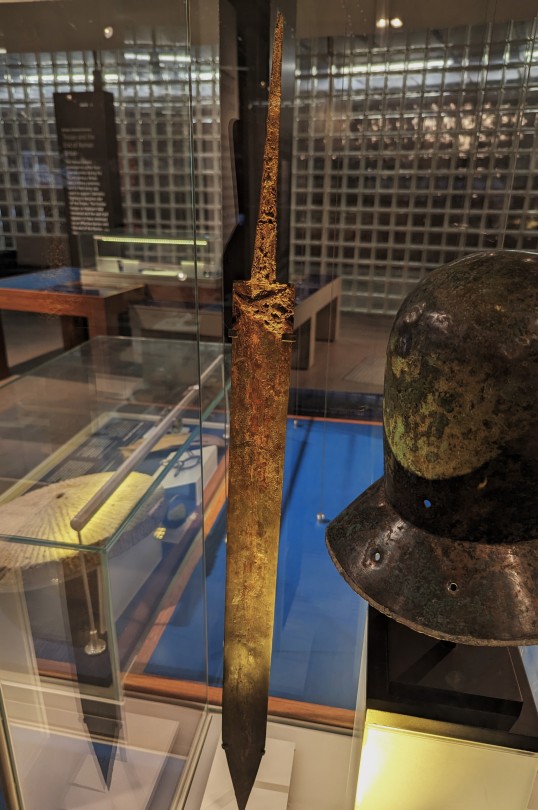


Spatha Blade from England dated between 150 - 200 CE on display at the Tullie House Museum and Art Gallery in Carlisle, England
Unlike the more famous short sword the Gladius the Spatha was thought to have been introduced to the Roman army through Celtic mercenaries. Due to it's length it became common amongst Roman cavalry for many centuries. In the 2nd century it would become the main sword for infantry as well perhaps due to the rise of Germanic and Celtic soldiers in the Roman army.
Photographs taken by myself 2023
#archaeology#art#sword#2nd century#ancient#military history#roman empire#england#english#tullie house museum and art gallery#carlisle#barbucomedie
155 notes
·
View notes
Text
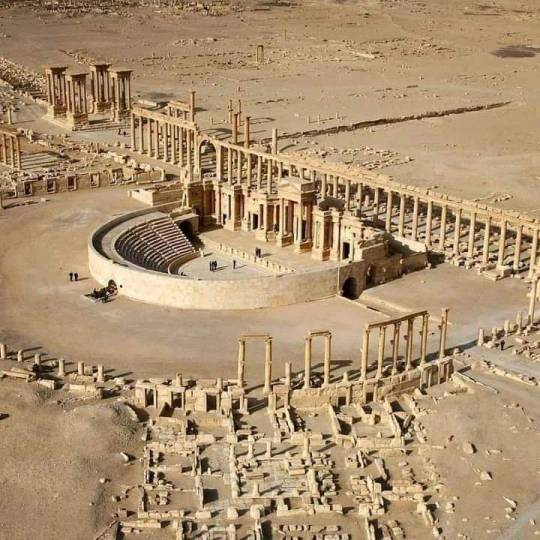
The Roman Theatre at Palmyra, SYRIA. 2nd Century AD
875 notes
·
View notes
Text



Head of an Alexander the Great, Konuralp, Turkey
Marble, 2nd Century
Alexander was one of the most famous rulers of the ancient world. Born in 356 B.C., he became the king of Macedonia, a territory north of Greece, in 336. His father, Philip II of Macedon, had already succeeded in uniting Greece under his rule.
Although not born in Greece, Alexander was enamored of Greek culture and spread it as he began a campaign of military conquests to the south and east, which culminated in his defeat of the powerful Persian Empire in a series of battles between 334 B.C. and 331 B.C.
Alexander the Great died in 323 B.C, so the statue may have been made more than 400 years after his death.
Image credit: Düzce Municipality
#art#history#style#archeology#sculpture#head#alexander the great#turkey#konuralp#2nd century#hairstyle#macedinia
80 notes
·
View notes
Photo
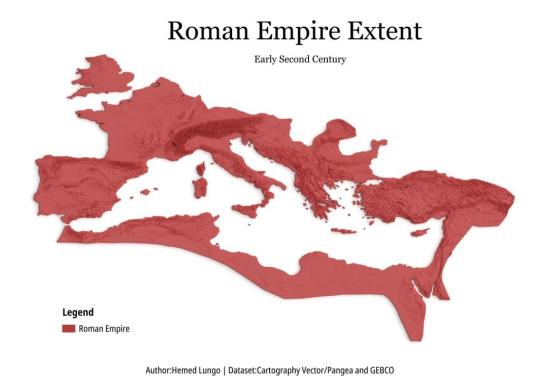
Roman Empire at early 2nd century.
by 725Hemeed
127 notes
·
View notes
Text

Roman votive relief to Vesta 140-150 CE. Altes Museum.
"The chief of the Pontifices, the Pontifex Maximus, had the duty of expounding and interpreting the divine will, or rather of directing sacred rites, not only being in charge of public ceremonies, but also watching over private sacrifices, and preventing any departure from established custom, as well as teaching whatever was requisite for the worship or propitiation of the Gods. He was also overseer of the holy virgins called Vestals; for to Numa is ascribed the consecration of the Vestal virgins, and in general the worship and care of the perpetual fire entrusted to their charge. It was either because he thought the nature of fire pure and uncorrupted, and therefore entrusted it to chaste and undefiled persons, or because he thought of it as unfruitful and barren, and therefore associated it with virginity. Since wherever in Greece a perpetual fire is kept, as at Delphi and Athens, it is committed to the charge, not of virgins, but of widows past the age of marriage. And if by any chance it goes out, as at Athens during the tyranny of Aristion the sacred lamp is said to have been extinguished, and at Delphi when the temple was burned by the Medes, and as during the Mithridatic and the Roman civil wars the altar was demolished and the fire extinguished, then they say it must not be kindled again from other fire, but made fresh and new, by lighting a pure and unpolluted flame from the rays of the sun. And this they usually effect by means of metallic mirrors, the concavity of which is made to follow the sides of an isosceles rectangular triangle, and which converge from their circumference to a single point in the centre. When, therefore, these are placed opposite the sun, so that its rays, as they fall upon them from all sides, are collected and concentrated at the centre, the air itself is rarefied there, and very light and dry substances placed there quickly blaze up from its resistance, the sun's rays now acquiring the substance and force of fire. Some, moreover, are of the opinion that nothing but this perpetual fire is guarded by the sacred virgins; while some say that certain sacred objects, which none others may behold, are kept in concealment by them. What may lawfully be learned and told about these things, I have written in my Life of Camillus."
-Plutarch, The Life of Numa
#ancient rome#ancient greece#vesta#hestia#museums#altes museum#pagan#statue#sculpture#antiquities#classical antiquity#classical literature#classical art#history#plutarch#ancient history#2nd century
328 notes
·
View notes
Photo

The Secret Books of the Egyptian Gnostics: An Introduction to the Gnostic Coptic Manuscripts Discovered at Chenoboskion — “Tells the story of the discovery and rescue of an astounding collection of sacred Gnostic texts, believed by many scholars to surpass the Dead Sea Scrolls in importance, discovered in the late 1940s in an Egyptian village after being concealed for sixteen centuries. Includes the famous Gospel According to Thomas.”
#gnosis#gnosticism#gnostic gospels#gospel of thomas#2nd century#nag hammadi#egypt#late antiquity#coptic#hebrew israelites#apocrypha#eschatology#banned books#library of alexandria#hermetic philosophy#hermeticism#new testament#1940's#early christianity#esotericism#books
218 notes
·
View notes
Text



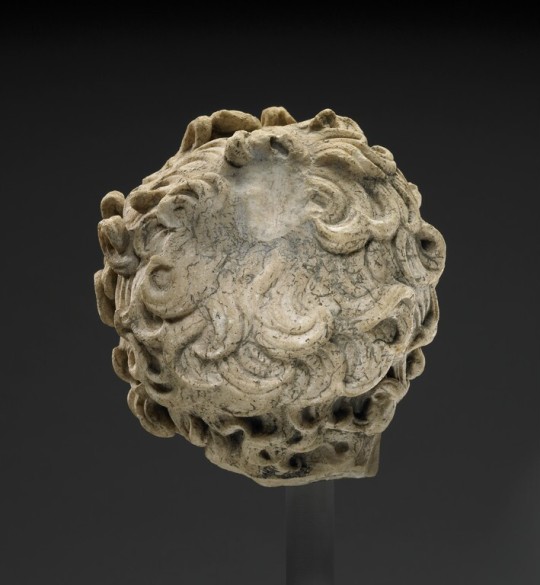
~ Head of a Little Boy.
Date: first half of A.D. 2nd century
Culture: Roman
Place of origin: Roman Empire
Medium: Italian marble
#ancient#ancient art#history#museum#archeology#ancient sculpture#roman#ancient history#archaeology#head of a little boy#italian marble#roman empire#2nd century
429 notes
·
View notes
Text

Roman brooch c. 2nd-3rd Century A.D., featuring a glass cameo carved with a sleeping dog set in a gold mount framed by a band of globular and granule applied decoration.
176 notes
·
View notes
Text

Standing figures
Gandhara, possibly northeastern Peshawar Valley, Pakistan
Schist
Kushan period, 1st-2nd century
63 notes
·
View notes
Text
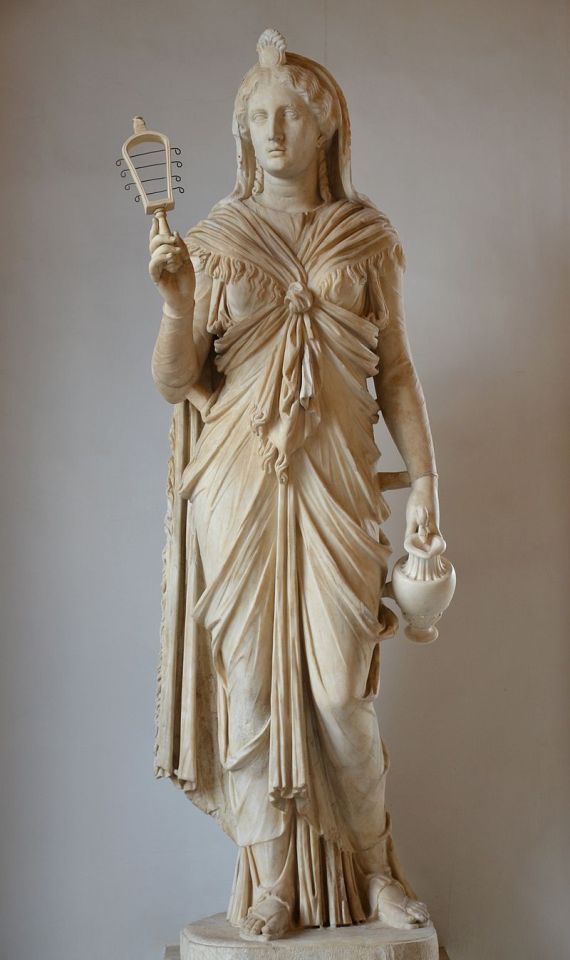
Estatua romana de Isis, siglo I o II d. C.
#archaeology#art#isis#goddess#ancient rome#statue#artwork#mythology#1st century#2nd century#roman empire#arqueología#arte#estatua#mitología#diosa#antigua roma#imperio romano#siglo I#siglo II
10 notes
·
View notes
Photo

Cupid, Roman, 190 CE
313 notes
·
View notes